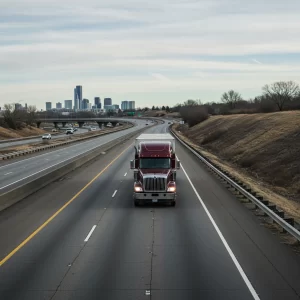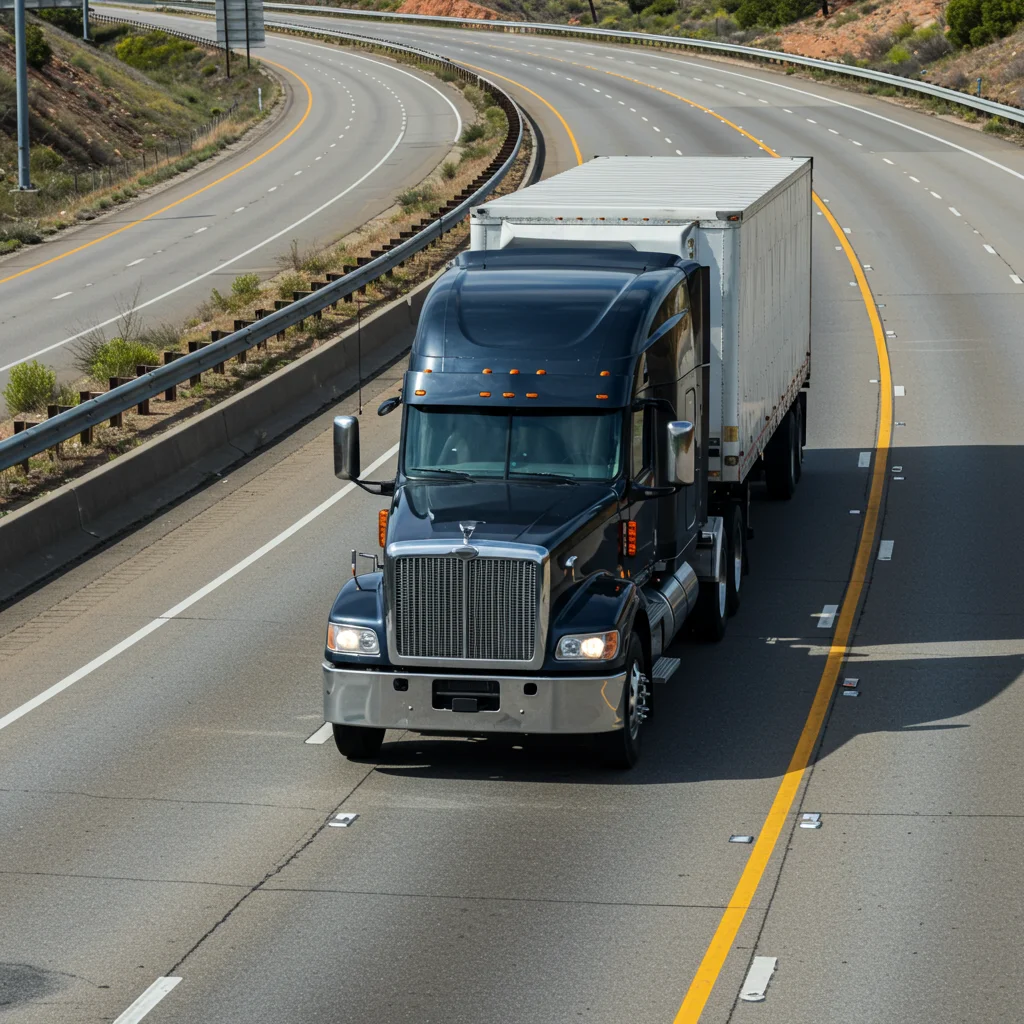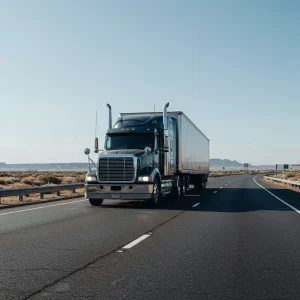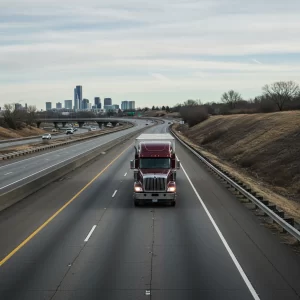
Can My Truck Be Impounded for Clean Truck Check Violations?
Can My Truck Be Impounded for Clean Truck Check Violations?
Preparing for a Clean Truck Check inspection requires a strategic approach to ensure all fleet vehicles meet California Air Resources Board (CARB) requirements. The Clean Truck Check Act requires heavy-duty vehicles over 14,000 pounds entering California to submit to emissions inspection testing, and proper preparation can prevent costly delays or failures. Fleet managers should begin by assessing their fleet inventory to identify which vehicles fall under the CARB Clean Truck Check program. Early testing and proper reporting, scanning, and clearing of faults can prevent failed inspections and optimize vehicle uptime. Administrative preparation, including vehicle registration, fee payment, and ensuring all vehicles are in good repair, is critical. By following a structured step-by-step guide, fleets can comply with CARB standards while maintaining efficiency and reducing downtime.

The CARB Clean Truck Check program is a statewide emissions compliance initiative aimed at reducing nitrogen oxide (NOx) and fine particulate matter (PM) emissions from heavy-duty vehicles over 14,000 pounds. The program requires emissions testing at certified service centers or through portable emission acquisition systems (PEAQS), with inspection fees approximately $100–$150 per scan. Vehicles must meet all Heavy-Duty Inspection and Maintenance (HD I/M) program requirements, and failure to comply can result in fines, registration holds, or enforcement actions. Fleets in areas such as Clean Truck Check in Chiriaco Summit, CA must proactively monitor dash lamps and check engine light/MIL lamps, report any alerts to fleet personnel, and ensure all emissions control devices, such as diesel particulate filters and selective catalytic reduction systems, are functioning correctly. CARB does not provide specific reasons for failing inspections.
Compiling Before scheduling a Clean Truck Check inspection, it is essential to perform a comprehensive pre-inspection of all fleet vehicles. This includes reviewing maintenance records, cleaning trucks thoroughly, checking engine control unit (ECU) software updates, and addressing any faulty components or repairs. Technicians should note all dash lamps and fault codes during intake or triage, as the check engine light or MIL lamp typically indicates a likely inspection failure. Fleet personnel must ensure that all emissions control devices, including exhaust gas recirculation (EGR) valves and diesel particulate filters (DPF), are in proper working order. Preparing trucks in advance helps avoid failed inspections and contributes to longer-lasting vehicles while maintaining compliance with CARB’s emissions standards.
A comprehensive diagnostic scan is vital to detect all vehicle fault codes before the Clean Truck Check inspection. Using guided diagnostic tools and telematics devices compliant with J1939 and J1979 protocols, technicians can identify emissions-related faults that may affect inspection results. Fault Status Assistance tools help pinpoint issues that need correction, and all pending, inactive, or active fault codes must be addressed according to CARB-required drive cycles or other compliance methods. Meeting the requirements for a Clean Truck Check in Desert Edge, CA is crucial, including minimum operation since codes cleared (SCC) thresholds, such as at least 5 Warm-Up Cycles (WUC), 200 miles SCC if WUC is unavailable, or 400 minutes run time if neither is recorded. Properly scanning and clearing faults in advance ensures fleet readiness and reduces the risk of non-compliance.
Accurate and up-to-date maintenance records are critical to passing the CARB Clean Truck Check. These records demonstrate that trucks are regularly serviced, emissions control devices are functioning, and repairs or parts replacements are documented. Fleet managers should maintain records of oil changes, filter replacements, turbocharger, intercooler, and fuel injection system maintenance, as well as any software updates or component repairs. Having these records readily available during inspection helps verify compliance with CARB standards, streamlines administrative workload management, and supports continuous emissions data collection for regulatory reporting.
Telematics devices play a crucial role in monitoring fleet health, safety, and performance for CARB compliance. Continuously connected telematics systems provide real-time data on emissions, engine performance, and vehicle operation, enabling early detection of faults or pending issues. Remote monitoring applications allow fleets to receive pre-entry alerts for dash lamps or emissions concerns before entering California, providing valuable time to address potential issues. Additionally, telematics supports continuous emissions data collection, reduces idling, optimizes routes, and helps maintain vehicle uptime, all of which contribute to efficient Clean Truck Check compliance while improving overall fleet performance.
A thorough cleaning of the truck, both exterior and engine bay, is essential prior to the Clean Truck Check. A clean truck not only reflects well on the fleet but ensures that inspectors can access all relevant components during the inspection. Cabin cleanliness and organized engine compartments help technicians verify emissions control devices, including selective catalytic reduction systems, diesel particulate filters, and exhaust gas recirculation valves. Addressing visible issues and ensuring all maintenance tasks are completed before inspection reduces the likelihood of inspection delays or failures and contributes to a smoother and more efficient compliance process.
Ensuring all ECU software is up-to-date and adapters are properly installed is critical to passing inspections. Semi-annual emissions testing requirements demand that vehicles operate with compliant software and that telematics devices are connected using a T-harness when applicable. Using Clean Truck Check in Eagle Mountain, CA guided diagnostic tools helps technicians troubleshoot, diagnose, and correct software or adapter issues before inspection. Keeping software and adapters current ensures that fault codes can be cleared according to CARB standards, emissions data is properly reported, and vehicles maintain full compliance with California Air Resources Board regulations.
Common issues during Clean Truck Check inspections include unresolved fault codes, malfunctioning emissions control devices, incomplete OBD monitors, and engine software discrepancies. Inactive or pending fault codes may indicate recurring or oscillating problems that need attention, while drivers should report dash lamps immediately to fleet personnel. Technicians should follow CARB-required drive cycles to clear fault codes properly, ensuring vehicles meet the minimum SCC thresholds. Addressing high NOx or PM levels, repairing or replacing faulty components, and maintaining continuous emissions monitoring can prevent failed inspections, reduce smog-forming emissions, and contribute to a cleaner environment.

Can My Truck Be Impounded for Clean Truck Check Violations?

Why Registration for Clean Truck Check is Mandatory

Clean Truck Check Penalties: What Happens If You Don’t Comply?

Understanding the Impact of Air Quality Rules on Older Diesel Trucks

Which Truck Types Are Subject to Clean Truck Check?

Why Pre-Emission Trucks Matter for California Regulations